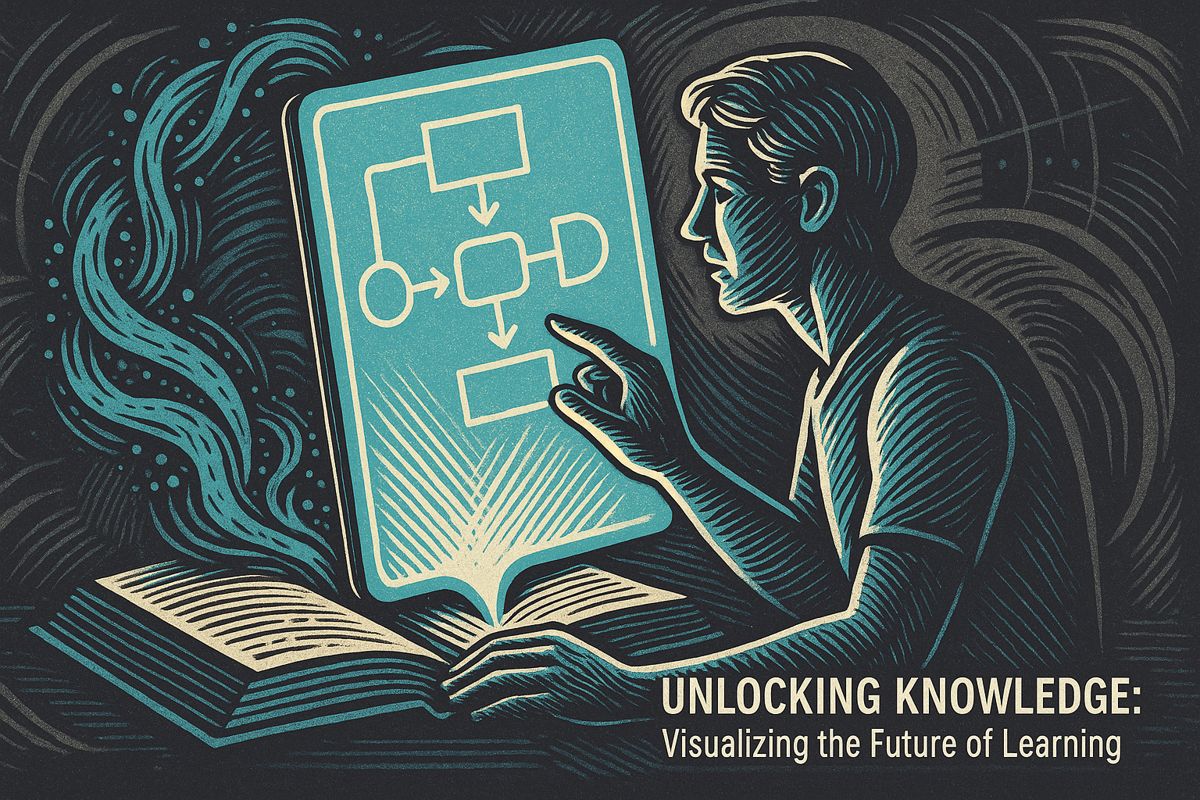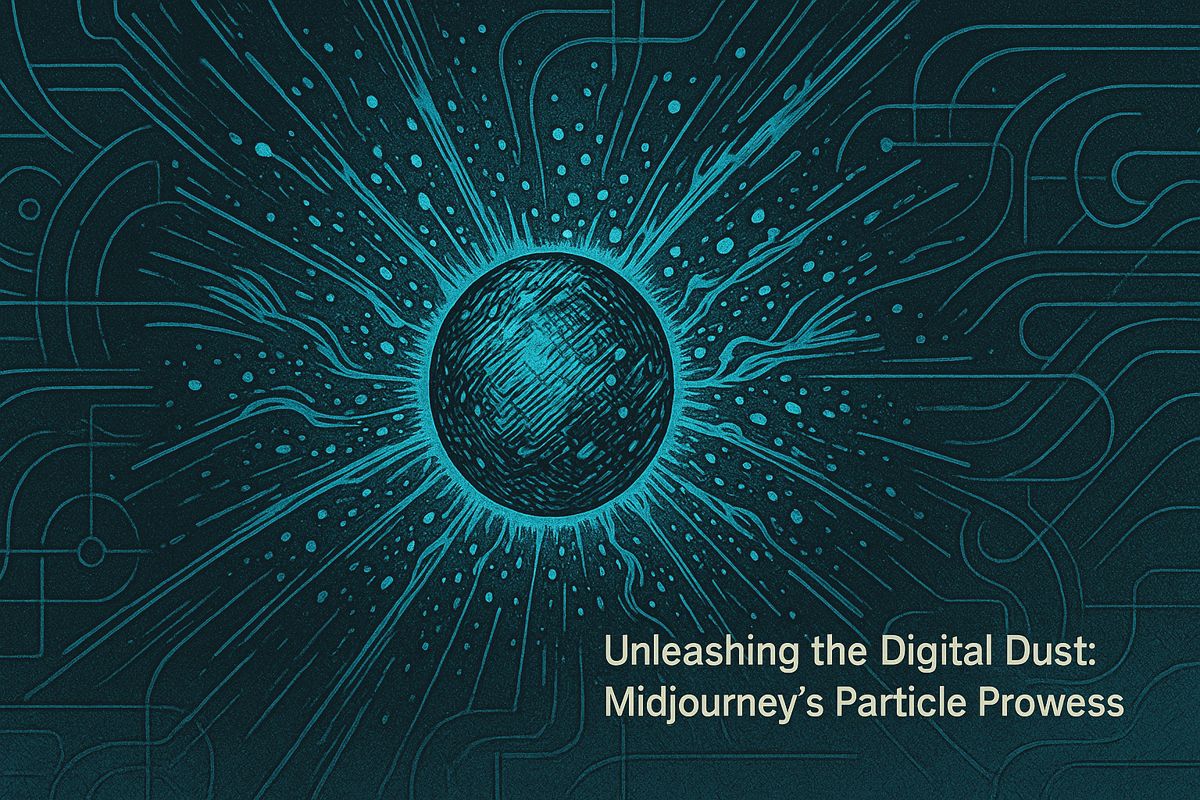Professionals in traditional fields like healthcare and manufacturing can shine on LinkedIn by sharing their deep, unique skills and telling real stories about their work. Instead of chasing trends, they focus on solving tough, expensive problems in their industries and share those lessons with others. These experts use simple, honest content—like real-life fixes and behind-the-scenes looks—to build trust and attract valuable clients. Storytelling helps turn their expertise into demand, and even small audiences can lead to big business when they focus on the right people. In slow-moving but profitable industries, going deep and sharing openly is the secret to building a powerful personal brand.
How can professionals in traditional industries build strong personal brands on LinkedIn?
Professionals in industries like healthcare, construction, and manufacturing can build strong LinkedIn personal brands by sharing deep, niche expertise combined with strategic storytelling. By consistently posting practical insights, case studies, and lessons learned, they earn trust, attract high-value leads, and establish themselves as go-to experts within profitable niches.
Deep expertise in sectors that pay the rent – healthcare, construction, manufacturing, insurance, real estate – is quietly creating some of the strongest personal brands on LinkedIn. The professionals profiled here never chased the next shiny crypto app; they focused on problems that were already expensive for profitable businesses, then turned their accumulated knowledge into publicly shared stories.
Healthcare billing specialists, commercial roof consultants, and precision-machining engineers have built followings that rival lifestyle influencers. Their content does not promise overnight miracles. Instead, they unpack complex regulations, reveal hidden margin leaks, or show how one change on the factory floor cut scrap rates by 12 percent. Each post serves two masters: the audience looking for practical insight and the expert whose reputation compounds with every documented win.
Traditional industries offer a statistical edge that venture capital rarely talks about. According to McKinsey’s 2024 construction outlook, global spending on non-residential building will reach $6.7 trillion this year, up from $6.2 trillion in 2023. Specialists who understand seismic anchoring details or green-financing compliance capture a thin slice of that enormous pie and still run seven-figure practices. Manufacturing adds another layer: IBISWorld reports the U.S. manufacturing sector alone employs 12.9 million people and generates $2.4 trillion in annual revenue. Deep functional knowledge – say, additive manufacturing tolerances for aerospace fasteners – becomes a moat that no weekend boot-camp graduate can cross (Manufacturing’s Role in the Economy – National Association of Manufacturers (NAM)).
Storytelling is the multiplier. A LinkedIn post that spells out how a concrete supplier solved a supply-chain crunch by switching from spot-buying to forward contracts gathered 1.3 million views last quarter, turning a mid-market distributor into the go-to source for project managers facing volatile materials pricing (What the Data Says: Concrete Cost Updates – Gordian). The distributor’s director of procurement did not reveal trade secrets; she revealed process. That transparency built trust faster than glossy case studies ever could.
Consistency matters more than follower count. One family-owned insurance brokerage in Kansas grew inbound leads 312 percent in eighteen months by documenting every regulatory change affecting rural hospitals. The broker’s audience is only 8,400 people, but they are hospital CFOs with premium budgets averaging $2.9 million (The Crisis in Rural Health Care (University of Kansas Medical Center, 2023)). A narrow, profitable niche beats a broad, aspirational one.
These experts share one habit: they treat their learning curve as public property. Every failed experiment, every solved audit, every on-site photo of a spark-spewing CNC machine becomes content that teaches clients, recruits talent, and widens the gap between them and generalists who skim headlines. In markets that move slowly and pay reliably, depth wins, and stories turn that depth into demand.



















